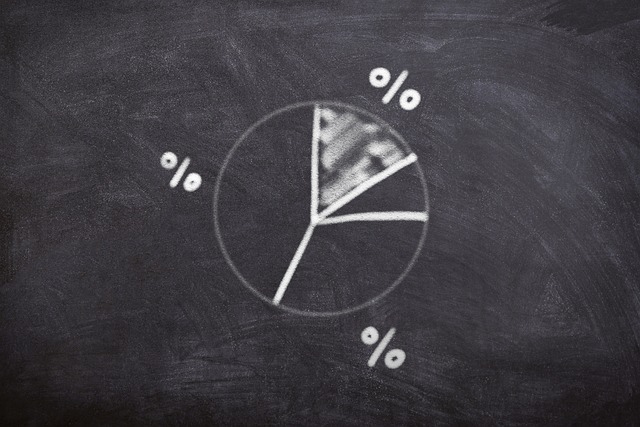Unlocking the Power of Conversion Rate Optimization: A Deep Dive into Maximizing Digital Success
In today’s digital age, where businesses compete for attention and revenue online, conversion rate optimization (CRO) has emerged as an indispensable tool. CRO empowers businesses to transform their websites, landing pages, and digital touchpoints into conversion magnets, converting more visitors into loyal customers.
The Evolution of CRO: From Intuition to Scientific Precision
The origins of CRO can be traced back to the early days of e-commerce. As businesses began to realize the importance of guiding visitors through their websites, they started experimenting with different design elements, calls-to-action, and checkout processes. Over time, with the advent of analytics tools and data-driven insights, CRO has evolved into a scientific discipline, driven by a deep understanding of buyer psychology and user experience.
CRO Trends: A Dynamic Landscape
CRO is constantly evolving, as new technologies and consumer behaviors emerge. Some of the latest trends include:
- Personalization: Tailoring digital experiences based on user data, demographics, and previous interactions.
- A/B Testing: Experimenting with different variations of a website or landing page to identify the most effective elements.
- Artificial Intelligence: Using machine learning and AI to automate CRO processes and make data-informed decisions.
Challenges and Solutions in CRO
CRO is not without its challenges. Common obstacles include:
- Identifying Conversion Barriers: Determining the factors that prevent visitors from converting on a website or landing page.
- Creating a Frictionless User Experience: Eliminating usability issues and simplifying the conversion process.
- Measuring Impact Accurately: Tracking and analyzing conversion data to isolate the effects of CRO initiatives.
Effective solutions to these challenges include:
- User Research and Testing: Conducting thorough user research and A/B testing to identify conversion barriers and test potential solutions.
- Simplified Design and Navigation: Streamlining website design and navigation to improve user engagement and conversion rates.
- Robust Analytics and Attribution: Using advanced analytics tools to track conversions accurately and attribute them to specific CRO initiatives.
Case Studies: Real-World CRO Successes
Numerous businesses have achieved remarkable results through CRO. Case studies demonstrate the impact of CRO on revenue, lead generation, and customer satisfaction. For instance, Airbnb increased its conversion rate by 35% by redesigning its checkout process and adding social proof elements.
Best Practices for CRO Success
Successful CRO requires a systematic approach:
- Set Clear Conversion Goals: Define specific conversion actions you want visitors to take, such as making a purchase, signing up for a trial, or downloading a resource.
- Understand Your Target Audience: Conduct thorough research to understand the demographics, interests, and motivations of your target audience.
- Analyze Your Website and Conversion Funnel: Conduct a detailed analysis of your website and conversion funnel to identify areas for improvement.
- Prioritize Optimization Initiatives: Focus on addressing the most impactful conversion barriers first, such as eliminating technical issues or improving page load speed.
- Test and Measure: Continuously test different CRO initiatives and track the results using analytics tools to determine which strategies are most effective.
Birmingham’s Contributions to the CRO Landscape
Birmingham has emerged as a hub for conversion rate optimization, contributing significantly to the industry’s evolution. The city hosts numerous CRO agencies, conferences, and meetups, fostering collaboration and innovation. Notable organizations include DigitalMarketer, Unbounce, and CRO Birmingham, which provide training, tools, and support to businesses seeking to improve their conversion rates.
The Future of CRO: Data-Driven and AI-Powered
The future of CRO lies in leveraging data and artificial intelligence to create highly personalized and optimized digital experiences. AI will automate repetitive tasks, provide personalized recommendations, and identify conversion opportunities that may be missed by human analysts. Additionally, ongoing advances in data analytics will enable CRO professionals to gain a deeper understanding of user behavior and make data-informed decisions.
Summary: Maximizing Conversion Success
Conversion rate optimization is a crucial strategy for businesses seeking to maximize their digital revenue and engagement. By understanding the historical background, current trends, and best practices of CRO, businesses can unlock the potential of their digital touchpoints and transform them into conversion-generating machines. Continuous testing, data analysis, and a focus on creating frictionless user experiences are key to achieving CRO success. As the field continues to evolve with AI and data-driven advancements, businesses that embrace CRO will stay ahead in the race for digital dominance.
Contents
